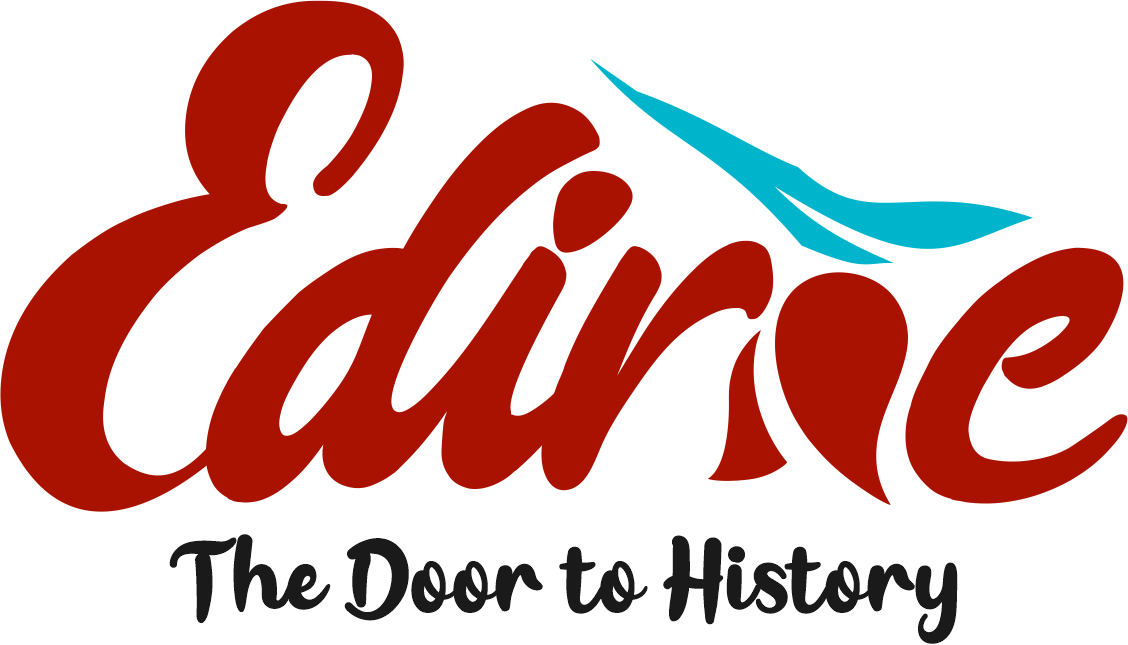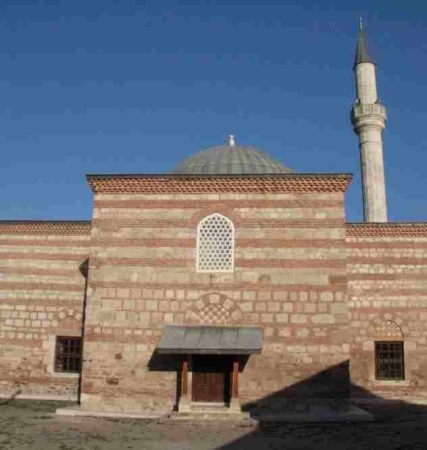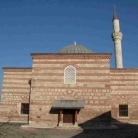To the east of the mosque, there is a garden consisting of two sections surrounded by stone walls. The small section on the mosque side was utilised as a courtyard with a fountain. The building was constructed with rough hewn rubble stone and brick in alternating order. The covering system is covered with lead and consists of three domes and vaults. In addition to the square plan, the entrance hall in the west protrudes outwards. There is an arrangement in the form of a last congregation place facing the courtyard with a fountain in the east, covered with a porch carried by four columns. A door was opened to the mosque from this direction. As it is understood from the arch stirrups on the body wall, this section previously had a masonry cover. The minaret was built on the body wall in the south-east corner of the mosque.
Although it is reminiscent of mosques with zawiyahs when viewed from the plan, it is clear that it was not designed as a mosque with its opposite position to the qibla. The equal-armed cross plan read from the interior and its position in the east-west direction strengthens the possibility that it was originally a church. The central space is covered by a dome with prismatic triangles. The arms extending in four directions are vaulted. The arm extending to the east is narrower and lower. The eastern corners of the cruciform plan on both sides of this arm are organised as separate spaces. They have a hearth with plaster decorations and are covered with a dome covered with prismatic triangles. A mihrab with a muqarnas miter was placed in the corner of the southern arm of the cross plan.


















